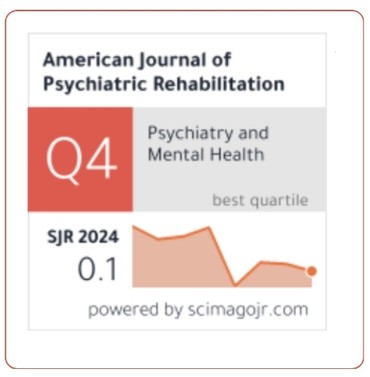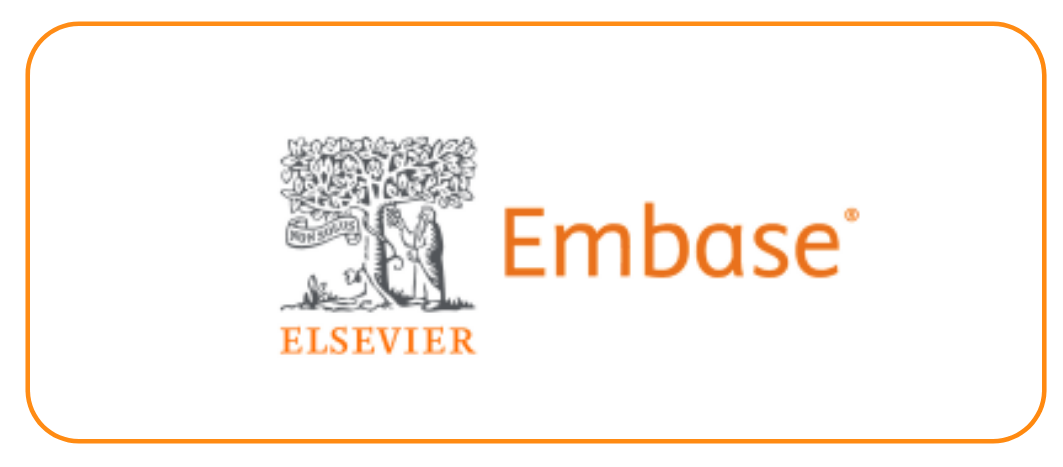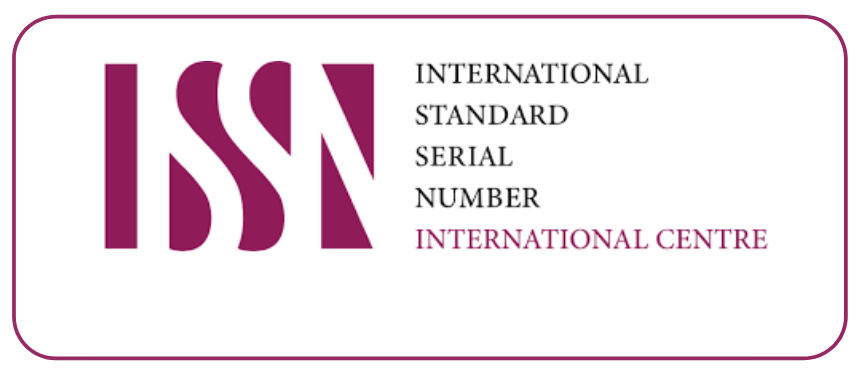“An Ayurvedic Insight into Venous Ulcer Management W.S.R. to Sirajgranthi -A Case report”
DOI:
https://doi.org/10.69980/ajpr.v28i5.321Keywords:
Sirajgranthi, Nagakesar Ghrit, Wound Healing, Pain management, Ayurvedic management of Venous Ulcer, case reportAbstract
Introduction: Venous leg ulcers are chronic wounds that result from prolonged venous insufficiency, primarily affecting older adults. These ulcers develop due to poor blood flow in the veins, leading to tissue breakdown, especially in the lower extremities. Over time, this can cause significant disability and complications. Venous ulcers represent a chronic condition with significant morbidity, often resistant to conventional therapies.
Clinical Findings: A female with a 6-month history of a non-healing venous ulcer on lower leg. She had a history of varicose veins and mild hypertension. The ulcer was associated with pain and serous exudate.
Intervention: This single-case study explores the therapeutic potential of Nagakesar Ghrit, an Ayurvedic medicated ghee traditionally used for its anti-inflammatory and wound-healing properties, in managing the venous ulcer.
Outcome: This study suggests that Nagakesar Ghrit may enhance venous ulcer healing, with a 78.6% reduction in ulcer area in 21 days. These outcomes align with Ayurvedic principles attributing Nagakesar’s efficacy to its antimicrobial and tissue-regenerative properties, potentially augmented by ghee’s emollient and anti-inflammatory effects.
Conclusion: This case suggests Nagakesar Ghrit may offer a novel approach to venous ulcer management, though larger studies are needed to validate these findings. Further research is needed to establish standardized treatment protocols and explore the long-term outcomes of various therapeutic interventions.
References
1. Shastri Ambikadatta, Sushruta Samhita, Chaukhamba Sanskrit Sansthan Varanasi, Fourth edition 1976, Nidana Sthana 11/8-9, page no.351
2. Gupta, Kaviraj & Upadhya, Astanghridyam Of Vagbhatta Edited with Vidyotni Hindi Commentary, Uttar Tantra 29/10-11 Prakashan, Chaukhambha. (2022)
3. Sharma P.V. Dhanvantarinighantu,Chaukhamba orientalia ,Varanasi,third edition 2012,page no- 78.
4. Ratha KK, Aswani PS, Dighe DP, Rao MM, Meher SK, Panda AK. Management of Venous Ulcer through Ayurveda: A Case Report. J Res Ayurvedic Sci 2018;2(3):202-208
5. Udwadia, T.E. Ghee and Honey Dressing for Infected Wounds. Indian J Surg 73, 278–283 (2011). https://doi.org/10.1007/s12262-011-0240-7
6. Thakur, Shifali & Kaurav, Hemlata & Chaudhary, Gitika. (2021). Mesua Ferrea Linn. (Nagkesar): A Potent Antimicrobial Plant Species. International Journal of Current Pharmaceutical Research. 6-13. 10.22159/ijcpr.2021v13i4.42734.
7. SRB's Manual of Surgery. 4th edition 2013; pg: 149
8. Das S Concise Textbook of Surgery,15th ed. Kolkata: S Das Publication
9. Bernatchez, Stephanie & Eysaman-Walker, Jill & Weir, Dot. (2021). Venous Leg Ulcers: A Review of Published Assessment and Treatment Algorithms. Advances in Wound Care. 11. 10.1089/wound.2020.1381.
Downloads
Published
Issue
Section
License
Copyright (c) 2025 American Journal of Psychiatric Rehabilitation

This work is licensed under a Creative Commons Attribution 4.0 International License.
This is an Open Access article distributed under the terms of the Creative Commons Attribution 4.0 International License permitting all use, distribution, and reproduction in any medium, provided the work is properly cited.









